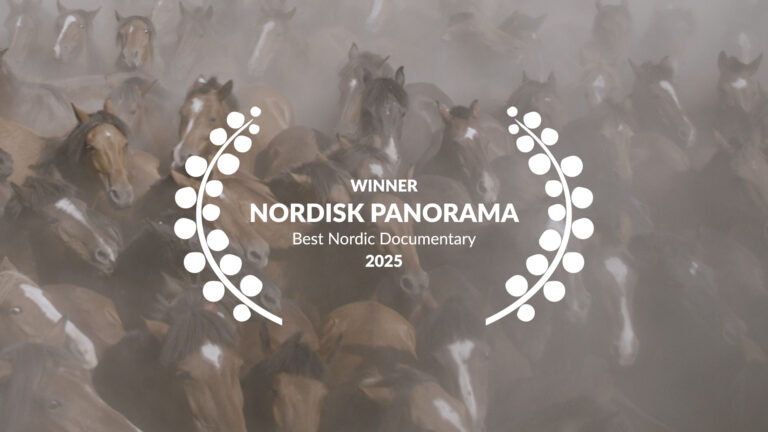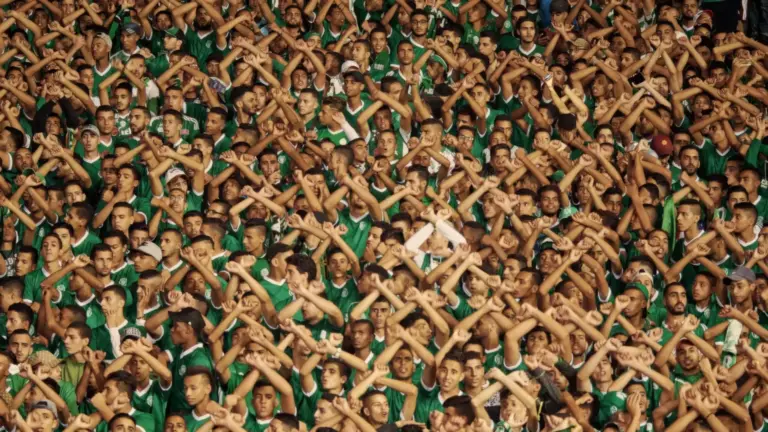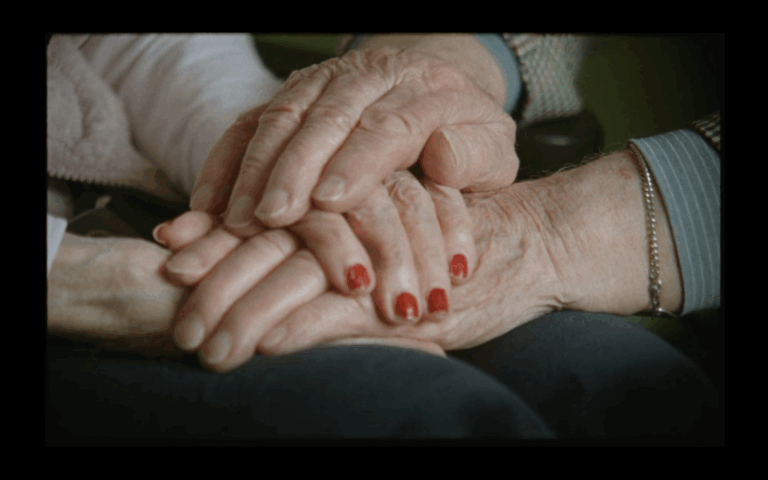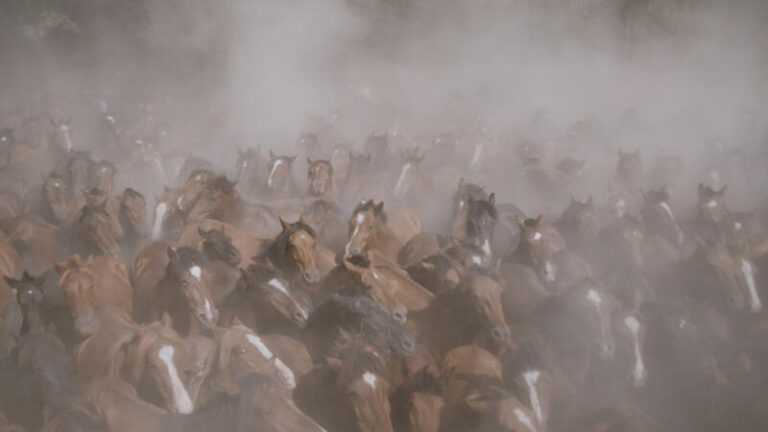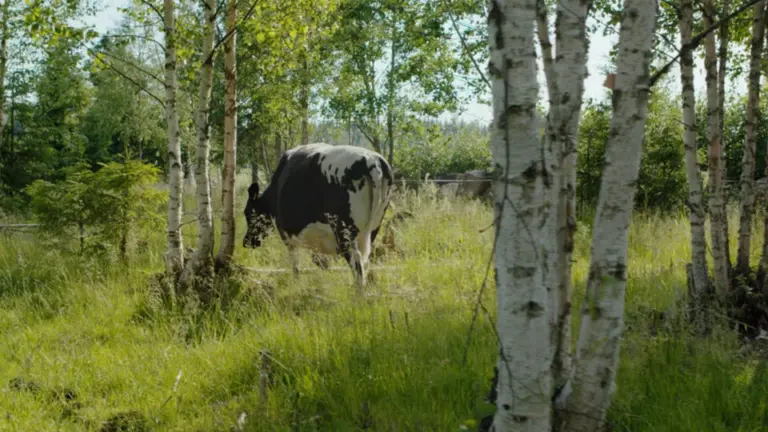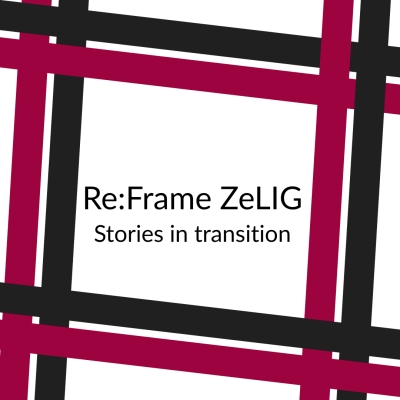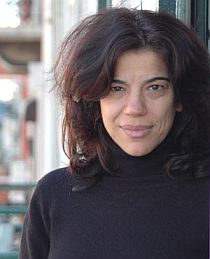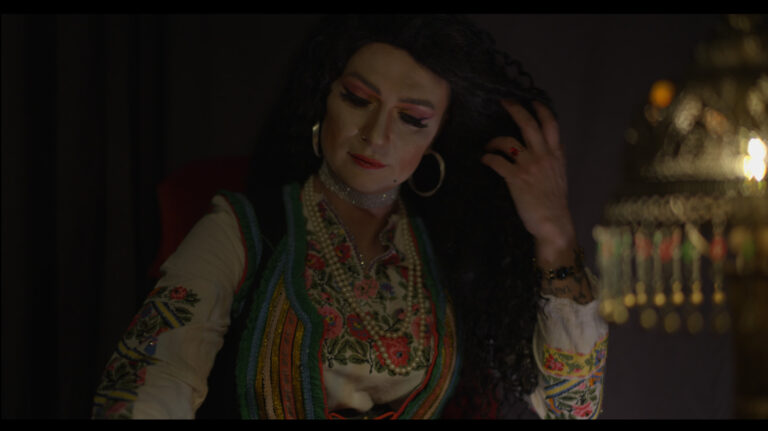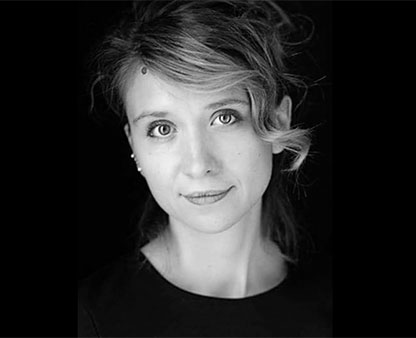
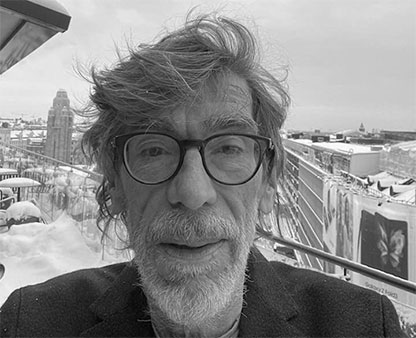
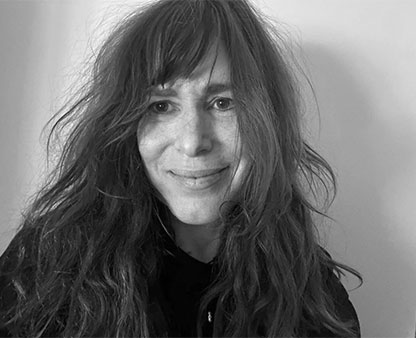
Robin Petré: Only on Earth/Review

Look at the photo… A douce painting by Edgar Degas, for me the first true documentarian? No, an edited still from a Danish documentary – coproduced with a Spanish company – directed by Robin Petré and with Ecuadorian cameraperson María Goya Barquet behind the camera. I became curious to know more about the latter, went to her website that with photos immediately proved a special talent for giving images an extraordinary poetic stamp that appeals to someone like me, who again and again stresses that documentaries are Films.
Uhh, the film crew has gone very very close into the wild forest fires in Southern Galicia but there are also – understandable! – well composed distant images from the fires, where – it is being said by one of the few but important humans in the film – animals run back into the fire, when they discover human beings. Only on earth, what are we doing to it, the earth?
Impressive camerawork… that we viewers are invited to experience, and get the chance to, through the editing of Charlotte Munch Bengsten, who brings pauses, time to refelect, where they should be and is not afraid to give us some contrasting shocks. Like in a sequence with an experienced fire fighter, who answers the question whether the fires have become different during the years: The sound of the fires have changed, they roar today like beasts – cut to the veterinarian for horses in a swimming pool, then her on a horse, then her at home with a glass of wine, and we stay with humans to meet (again) the boy from the farm, who knows how to groom horses and who gives the film Life, and Hope; he must be one of those in new generations, who with his love to the horses can do better than we can today? Or am I dreaming?
Huge respect to Robin Petré for not wanting to give answers… she raises questions, lets us think and invites us to an area we know very little about. To discover. But also give us information – for instance that the windmills in the landscape have changed the life of the wild horses, it is now more difficult for them to graze. The windmills also bring in my praise of the sound score, performed by Thomas Perez-Pape, it keeps you hooked the whole way through, at a place on earth, where survival of man and nature is at stake. Where there is a lack of balance. I will not forget the image and the sound of the white horse roaring in desperation in the barn. A cry for help. A warning. Indeed!
Denmark, Spain, 2025, premiered in Berlin, awarded at festivals, 93 mins.
